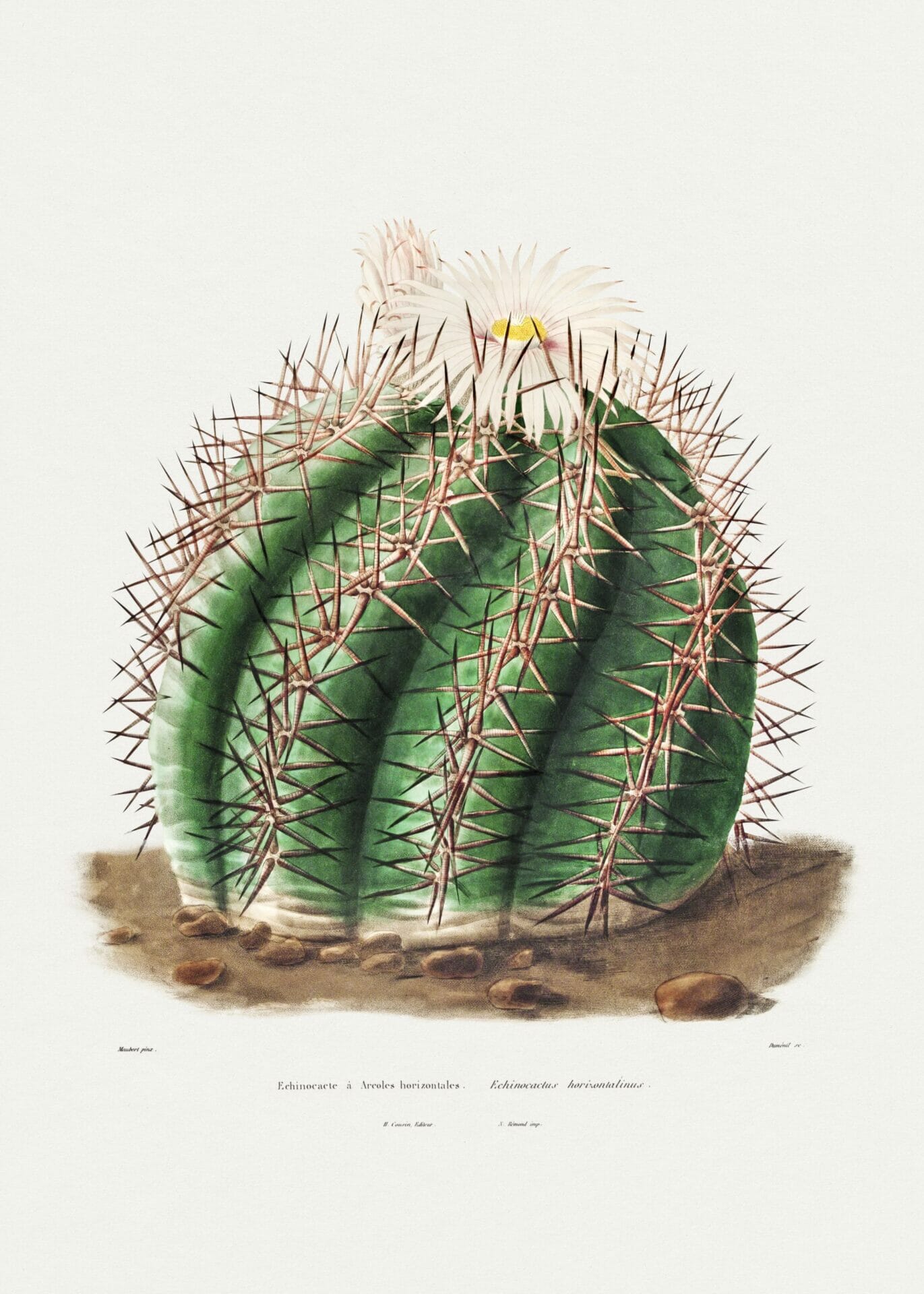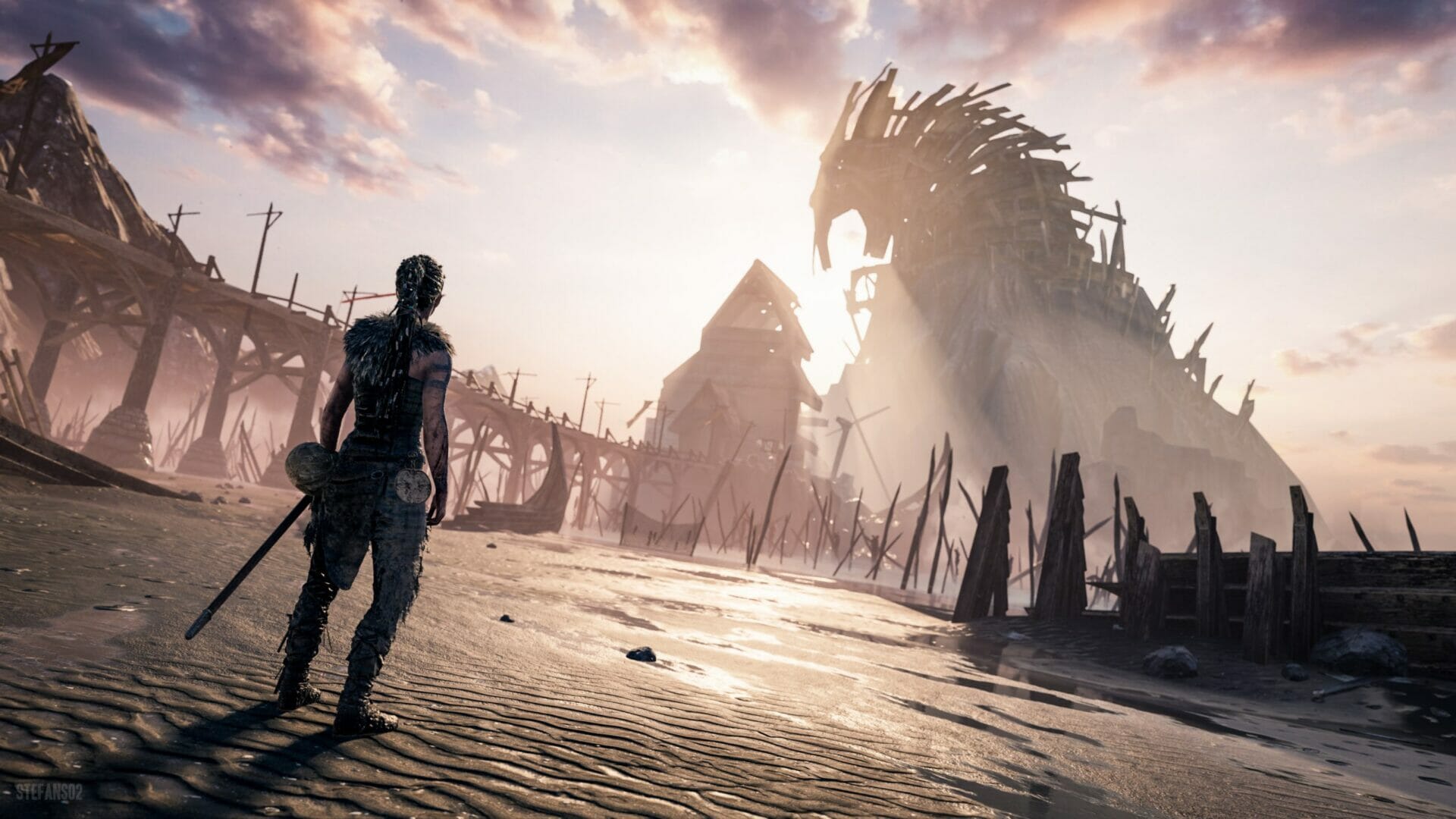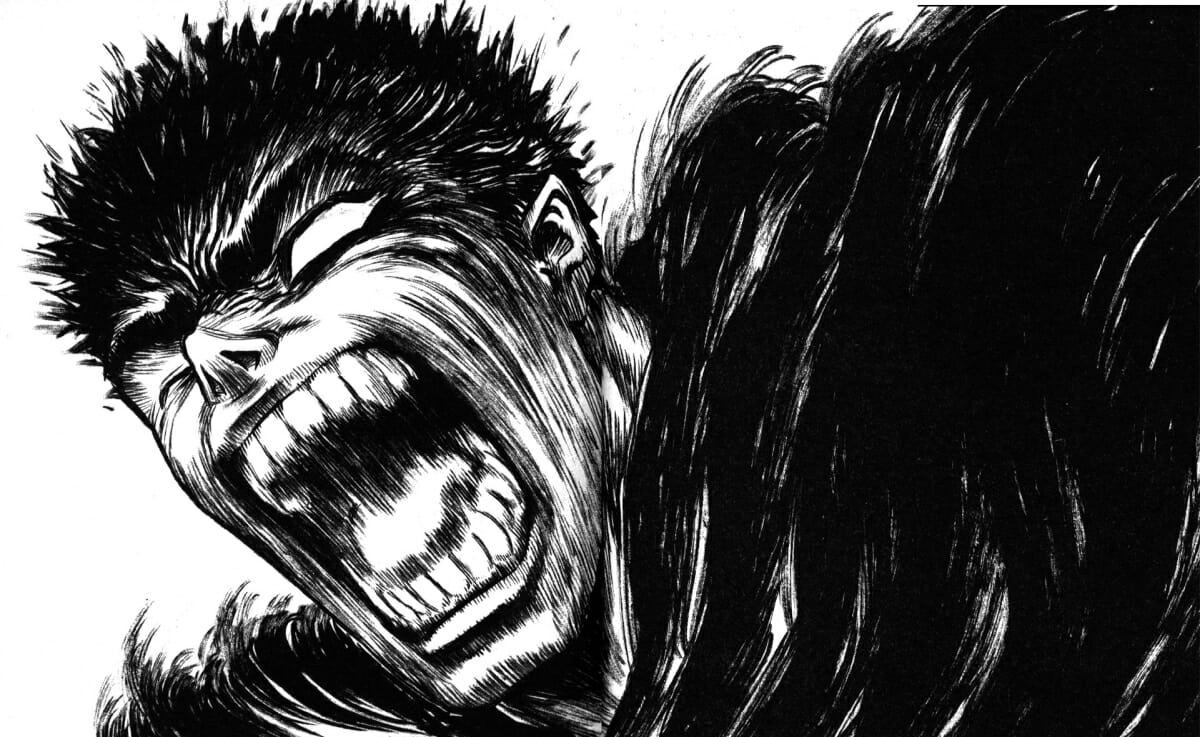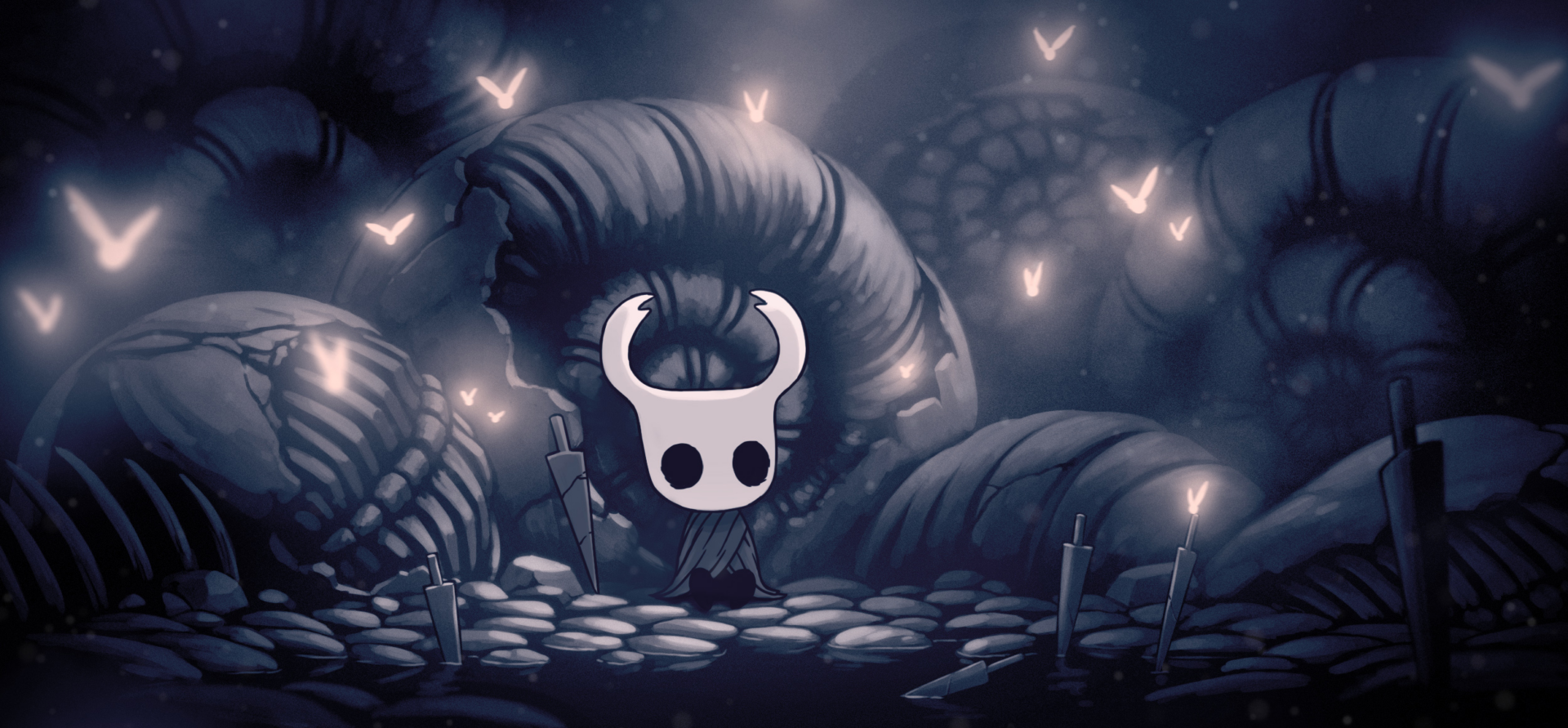
Hollow Knight | No cost too great
Studio
Art Director
Lead Composer
Publishing Year
Type of game
Subgenre
Country
Being a small bug with a nail sword, with a whole world to explore. What more could one wish for? This is the experience that Hollow Knight offers to its players. However, the indie game developed by Team Cherry is far from being one-dimensional. Between exploring new places, meeting fun characters, and engaging with their stories, there is a challenging combat system that brings forward intricate lore about the past and sacrifice.
An homage to Metroidvania
Hollow Knight is a Metroidvania game, a genre that started with Metroid and Castlevania. These games are usually platformers with an extensive map and a good number of objects, weapons, and upgrades that the playing character can unlock during the run. They usually encourage exploration and experimenting to make the playing experience more personal.
One game that the team referenced as inspiration is Mega Man, a series of platform games created by Capcom in 1987. The system of jumping and running was inspired by that game, as well as the huge, well-thought-out map. To not make the map too complex and frustrating, yet allow the player to find out about new areas on their own, they designed a unique way to give out information. A non-playable character, Conifer, allows the Knight to buy maps when they enter a new area: the only requisite is finding him. The world of Hollow Knight is cohesive and feels like a world on its own, with a past and a future. The areas are not separated but leak into each other.
From Game jams to Kickstarter
The first time the protagonist of the game – the Knight, as they are commonly called – was designed, was during a 2013 Game jam. During game jams, developers have to create a game in a limited amount of time, usually with a particular theme.
The theme was Ten seconds: Ari Gibson and William Pellen, who later formed Team Cherry, created a little game in which a small bug had to eat every ten seconds or he would die. The game was called Hungry Knight: the protagonist was already very similar to the one in Hollow Knight. They later mixed this idea with another game concept developed in another Game jam, named Beneath The Surface.
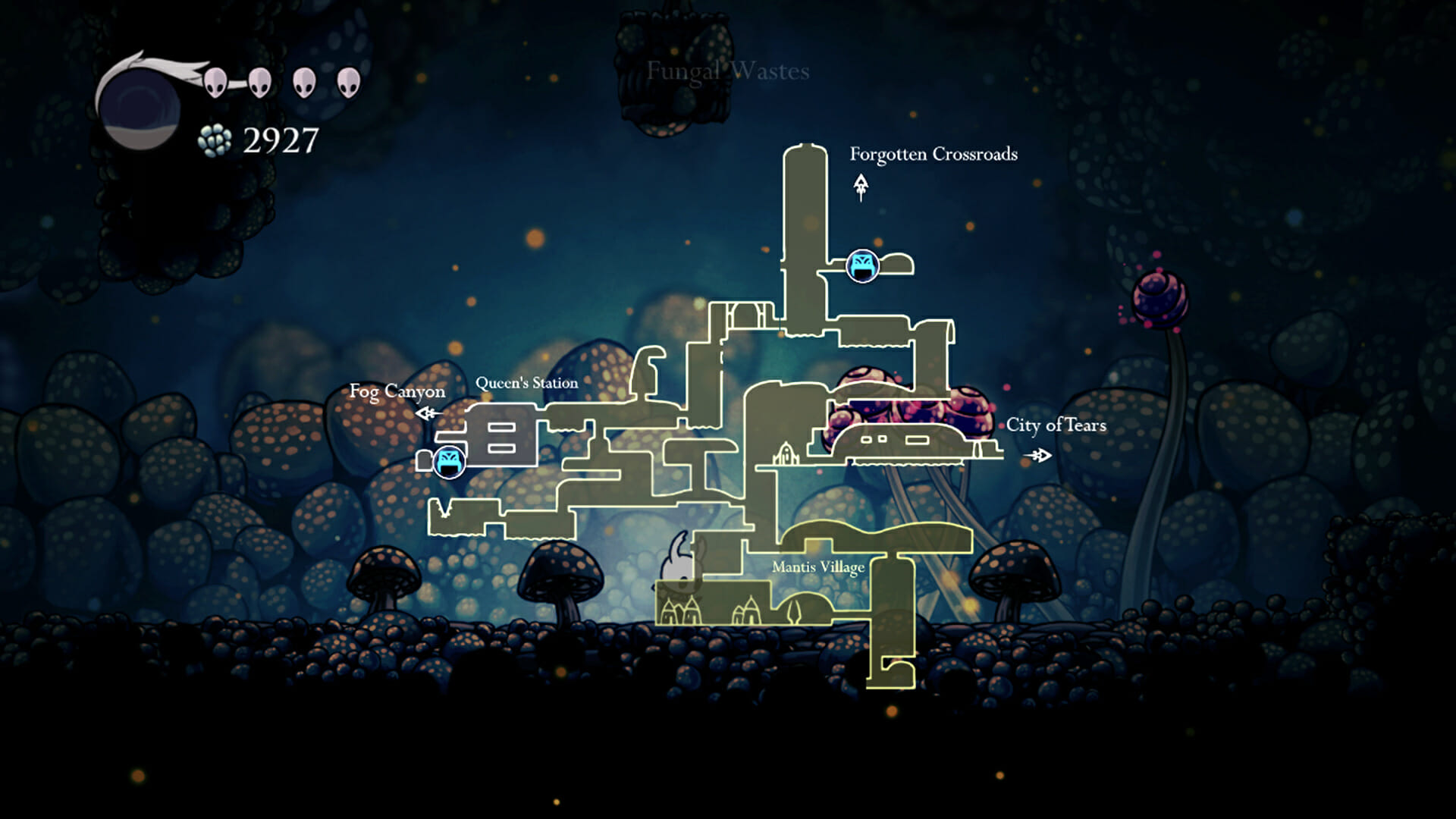
Team Cherry created a Kickstarter for Hollow Knight, which quickly achieved great success. The goals included porting to new consoles and deep involvement in the community, which designed characters and even areas. All of the art and designs of Hollow Knight were done by hand by Ari. He later photographed the sketches with his phone and polished them on the computer. The key for each design was: keep it simple. The game, made with Unity, blends hand-drawn 2d animation with computer-generated effects.
Its dark aesthetic has many affinities with other video games, but other media as well: a world like the one created in NieR: Automata, in Gantz, or INSIDE.
The importance of sacrifice
The lore of Hollow Knight is deep and features many levels. While it is hardly ever clearly explained, many hints allow the player to get to understand the whole picture. This system of finding information organically, scattered into the narrative world, is common in many open map games. One famous example is Dark Souls.
As the Knight reaches Hallownest, the kingdom appears desolated, ruined by time and decadence. The player can find hints of higher beings such as the Pale King or the Dreamers all over the ruins. As already mentioned, the non-playable characters have each a story of their own. The player can talk to them (and eventually read their thoughts) to get a grasp of life in the kingdom. Step by step, the Knight will figure out who they are, what their purpose is, and how to achieve it. All while becoming stronger, with a combat system that can be challenging and punishing, but also very rewarding.
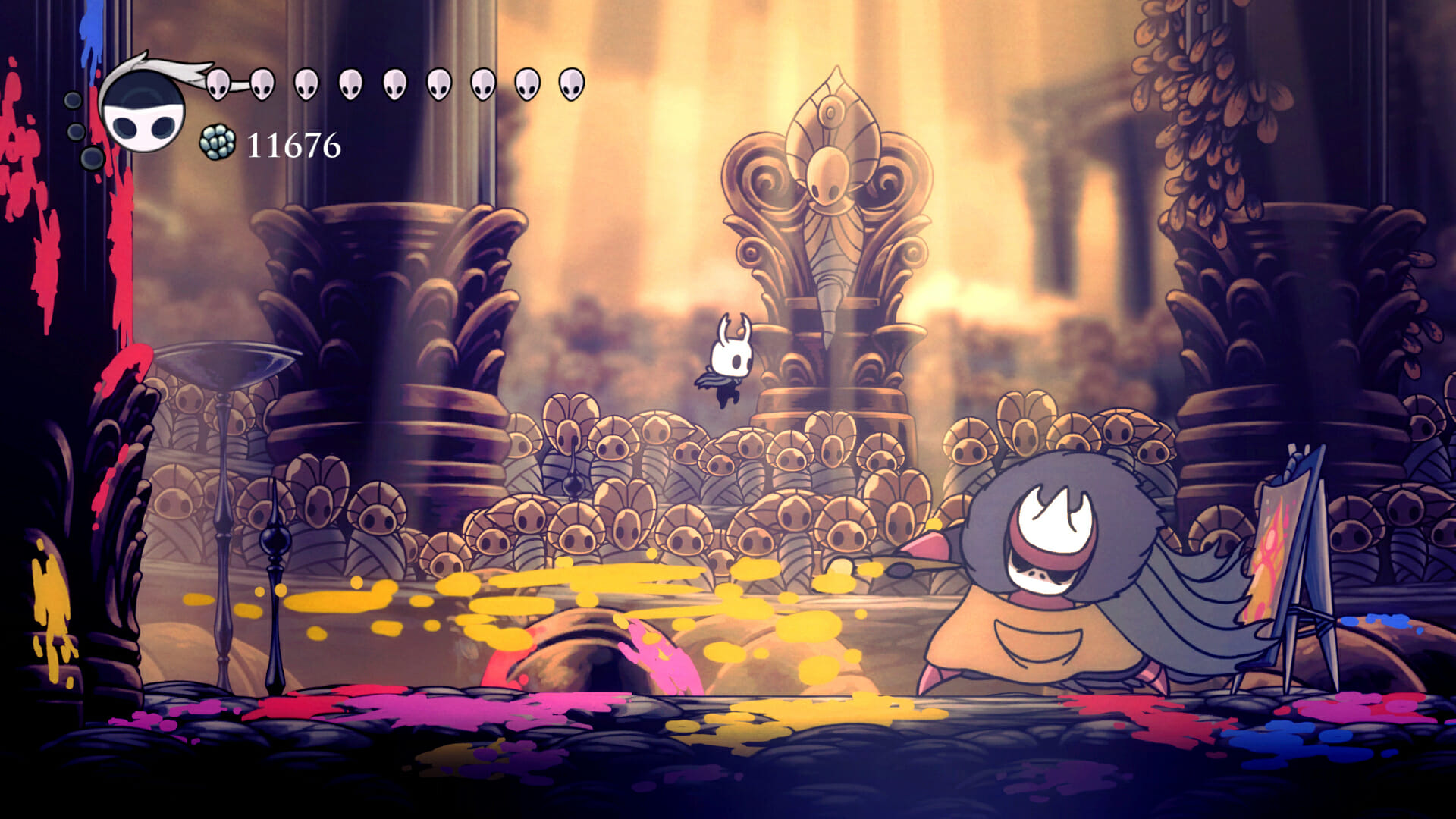
In general, Hollow Knight‘s atmosphere is one of loss and regret, and it makes more sense as the player understands the plot of the game. Its theme of sacrifice is a constant throughout the game: the sacrifice made, regretted, necessary. What cost is too great to obtain peace? In the four possible endings, the player will either have to follow that path or find a new way. One interesting point is the fight between light and dark. A common enough theme, but in Hollow Knight neither is truly good or evil: each has its dark and light side within.
The community of Hollow Knight is lively and created much content about the game, including lore explanations, speedrun challenges, and fan art. Now, they are eagerly waiting for the already-announced sequel, Silksong, which should feature Hornet as the main protagonist. In general. Hollow Knight feels like an entire world that lives on its own: to let it go once the game ends is no small feat.
Tag
Buy a ☕ for Hypercritic







